Perceptive manufacturers are always aware that the quality of their sales efforts directly correlates with how profitable their organization is. And for industries such as FMCG, CPG, and F&B that are marked by lower prices, slimmer margins, and higher volumes, sales might just be the lifeblood that keeps the engine running.
But as players in these markets gear up every day to compete for shelf space that they are worthy of, there is one particular factor that tends to determine the extent of their success – Secondary Sales.
This blog takes a deep dive into everything related to Secondary Sales and how organizations can leverage the right strategies and technical tools to drive better and braver results.
What are Secondary Sales?
When a manufacturing company or a national supplier makes a sale to a city/state/region distributor, it is known as Primary Sales. But when a distributor invoices the same product to a retailer, the transaction is known as Secondary Sales. In this step, the company decides the landing price(RLP) of the retailer which includes the distributor margin. The company’s Sales Representative (SR) or the Distributor Sales Representative(DSR) books the order and raises the invoice at the time of delivery.
In order to pave the way for effective management of channel participants, Secondary Sales teams consist of the following team members:
- Sales Reps (SR/TSI): Salaried employee of the company, who takes orders from the retailers and passes it to the distributor to supply. They are also referred to as Territory Sales Incharge in some companies.
- Distributor Sales Reps (DSR): Employed by the distributors and the company reimburses the salary expenses to the distributor.
- Area Sales Manager (ASM): SR/TSI directly reports to the ASM who overlooks the sales targets, achievements, and activities that are set for a particular area.
- Regional Sales Manager (RSM): Responsible for the sale of a business’ products or services in a specified geographical region. All ASMs report to the RSM.
- National Sales Head (NSH): Overlooks sales management, budget control, compensation programs, and incentive planning in the entire nation.
- Distributors: Independent businessmen, who are a part stakeholder for every business conducted in their area (also referred to as territory). They invest upfront in the inventory bought from the company and they, in turn, supply the goods to the retail & wholesale channels & pre-decided unit price. They are also responsible for the collection of sale transactions.
All of these participants play their respective roles in managing and maintaining a healthy supply chain for the company.
It is easy to understand that Secondary Sales is important since it acts as an instrument of direct demand creation for the company. But this also means that it is often outside the purview of control of the company and depends on the performance of distributors and the perseverance of the sales team to push the product to the market.
The factors that affect the quality of the sales include:
- Popularity and brand equity of the company.
- Availability of stock with the distributors.
- Availability of credit and the effectiveness of trade promotions.
- Awareness of product knowledge and business potential to retailers.
- Visibility and availability of product on shelves.
Importance of Secondary Sales Management
Secondary Sales management is an important aspect in the sales life-cycle of any commercial commodity, especially for new product launches. Here is everything that makes secondary sales an indispensable part of any FMCG/CPG/F&B sales strategy:
Coverage and Placement
One of the primary ways of driving sales growth is to place proliferate products in new outlets on a regular basis. To realize this, an understanding of potential new markets that need to be explored is critical. For instance, a distributor or a salesman might be covering 500 outlets in a city for a particular range of products. But a particular product X might be placed in only 50 outlets in the same city. This instantly opens up the possibility of placing product X in an additional 450 outlets. In such cases, a holistic understanding of product coverage takes precedence over other concepts, boosting the relevance of Secondary Sales Management.
Product Availability in Shelf and Adequate Replenishment
Once the product has been placed in relevant outlets and regions, there is always a possibility of it going out-of-stock during instances of high demand. Hence, reorder booking and replenishment cycle must be accordingly planned to be consistent. Ordering frequency may vary from one product to another or from outlet to outlet. Only with accurate data and experience, one can plan the beat route or outlet visit frequency. In addition to this, it is also imperative to understand the fill rate of every product on the part of companies. Why? Simply because not every order that has been booked gets fulfilled due to various practical reasons. Hence, understanding and mitigating the impediments of fill rate is a vital part of secondary sales management.
Product Positioning and Brand recall factor
Placing the product on the shelf in an outlet is only half the story. It is also important to ensure that the product moves off the shelf. For this to happen, it has to follow certain norms to maximize its awareness amongst customers. For instance, it must be placed at the eye level of the customer to ensure that it is easily visible to them. But this alone cannot guarantee its sale. Managers/marketers need to put efforts towards proper sampling of the product in a way that customers can perceive themselves as its users. This is known as Tertiary Sales which is often taken care of by a merchandiser that can either be on the payroll of the company, distributor, or Retailer. Management of Tertiary Sales is an integral part of Secondary Sales Management.
Retailer Relationship and Trust
Even after following all the previous steps, there is no guarantee that everything will go according to plan. Every retailer or the shopkeeper is a vital influencer in the sales funnel and there can be many reasons why they might be favouring one product over another. And this is possible even after the margins are good. He would want to ensure that the product is reliable, well serviced, and delights customers. And some of them might even crave for attention. Hence, trade promotion strategies become extremely important. Companies who have mastered this have proven time and again that they endure the bad weather more easily when compared to their competitors.
Product Launches
Companies often launch new products. While some of them take off and are successful, others fail. The success and failure of a product can depend on various reasons, such as issues with the area/outlet chosen to launch the product, effort spent in activating tertiary sales, retailer and distributor knowledge of the product and schemes, lack of efforts in collecting and understanding customer feedback in time, and much more. An effective Secondary Sales Management strategy navigates through such issues and allays fears by delivering a reliable channel of sales that new products can fall back on.
Best Practices to Boost Secondary Sales
With the previous sections in mind, it goes without saying that Secondary Sales is crucial to creating an optimal sales and distribution infrastructure to underpin sustainable sales growth. Let’s take a look at the foremost practices that will help to do so:
- Effective Sales Planning
- Product knowledge & Sales call process Training
- Art of Product Placement
- Understanding and servicing retail channels
- Optimal Marketing and Merchandising
- Trade Promotions
- Performance Monitoring KPI and KRA Tracking
- People Management and work culture
- Using the Right Set of Tool
Effective Sales Planning
Well planned is only half done. Every sales team in an organization must plan according to their strengths and constraints while keeping an eye on the overall organizational goals. Generally, companies declare their sales targets for the financial year and the respective heads start planning for their teams. Sprints are broken down into quarterly and monthly targets. However, it is not fair to simply divide the holistic target amongst all sales reps. There are many geographical constraints that need to be considered on the basis of past sales cycles.
Thus, as a company sets top-down targets on the basis of cities or distributors, it is also important to set bottom-up targets based on the past performances. Sales reps need to plan their day to day sales targets on variables such as the beat that they are planning to visit. In general, a beat is referred to as possible outlets covered in one single day. Based on past performances and expected growth, ASM and RSM need to allocate the resources to attain optimal results.
Sales Planning enables organizations to foresee potential risks and develop navigational strategies that mitigate them. This puts them in direct and immediate control of their product’s current status, the direction in which they want to take it and the channels that will be leveraged to realize this.
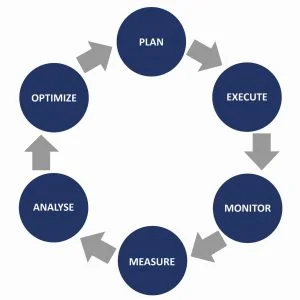
The ideal practices involved in effective sales planning to optimize Field Sales include a good mix of:
- Daily, Weekly, and Monthly target setting for both secondary sales and primary sales reps.
- Outlet classification based on the business potential of each, while focusing on key outlets.
- Route planning and prioritization on the basis of potential business for sales reps.
- Planning optimal time and resource allocation in the market for sales reps
- Planning take-off activities that boost business and market penetration
- Planning for group activities (2 to 3 members in same beat) to energize the sales process.
- Regular review meetings and handing out respective improvement areas for reps.
- Daily/Weekly on-field team meeting (or gate meeting) before the start of the workday.
- Developing a dedicated governance framework for distributors who are more strategically important
- Clearly and officially communicating the norms, policies, and expectations of the organization to all stakeholders (employees, partners & channels).
- Preparing and undertaking the associated legal documentation.
- Setting up secure access to current operational systems or associated technologies
- Scheduling any necessary training, defining the goals and deliverables, and sharing the relevant supporting documents or training materials
Product Knowledge and Effective Sales Call Process
The probability of success of any secondary sales is directly correlated with the efficiency of training that sales partners receive from sales reps. While quick and efficient on-boarding of new sales partners is important, regularly ramping up and updating their product-related knowledge-base is equally important.
This is backed by our research which reveals Product Knowledge to be the biggest driver when it comes to closing the gap (11 skill points) between low and high sales performers.
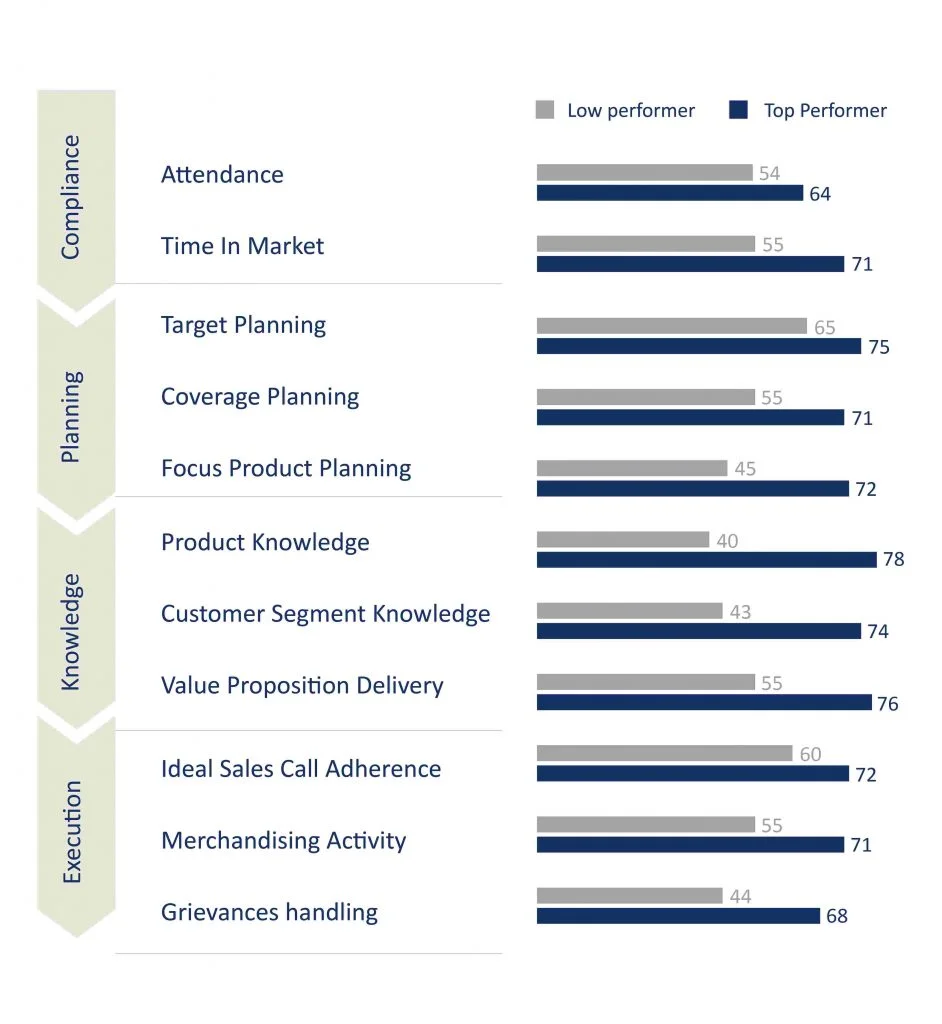
With that in mind, here are some handy practices to keep in mind for upskilling relevant stakeholders in Secondary Sales:
- Develop a sales training strategy that leverages both present and upcoming opportunities for live interaction. This should actively engage the whole sales team through:
- Offer equal learning opportunities for both traditional and tech-savvy learners.
- Leverage the potential of peer-to-peer training by nurturing a community around the brand.
- Offer personalized educational and training materials that include interactive videos, knowledge bases, online forums, video chats, or social network groups.
- Offer value based skill set training to upgrade individual skills beyond present corporate needs.
And while the production of the associated training material in underway, organizations need to ensure that includes the following information about every product:
- Pricing structure details
- Styles, colors, and models
- History of the brand/product
- Manufacturing process details
- Steps to use the product
- Product distribution and delivery
- Servicing, warranty, and repair-related details
- Product demonstration practices and tips
Artful Product Placement
Product placement is no less than an art, and even more so when it comes to Secondary Sales. It ultimately boils down to training the sales reps on how to efficiently on-board new retailers, evaluate their performance, and match them with the right products. This enables the company to streamline its whole product placement strategy by putting the sales reps in charge.
This begins with defining the sales target of the company and the strategies that it aims to leverage in order to realize them. It eventually moves onto charting out the ideal product placement scenarios that are most likely to benefit and boost sales. Some tips here include:
- Defining the ideal in-store design elements that match the characteristics or features of the products.
- The ideal eye-level or elevation placement that the company deems befitting for maximum sales probability.
- Defining the ideal number of products of the same brand that should be placed at once.
- Product segmentation, assortment, and market strategies based on geographical, economical, demographics, and psychological factors.
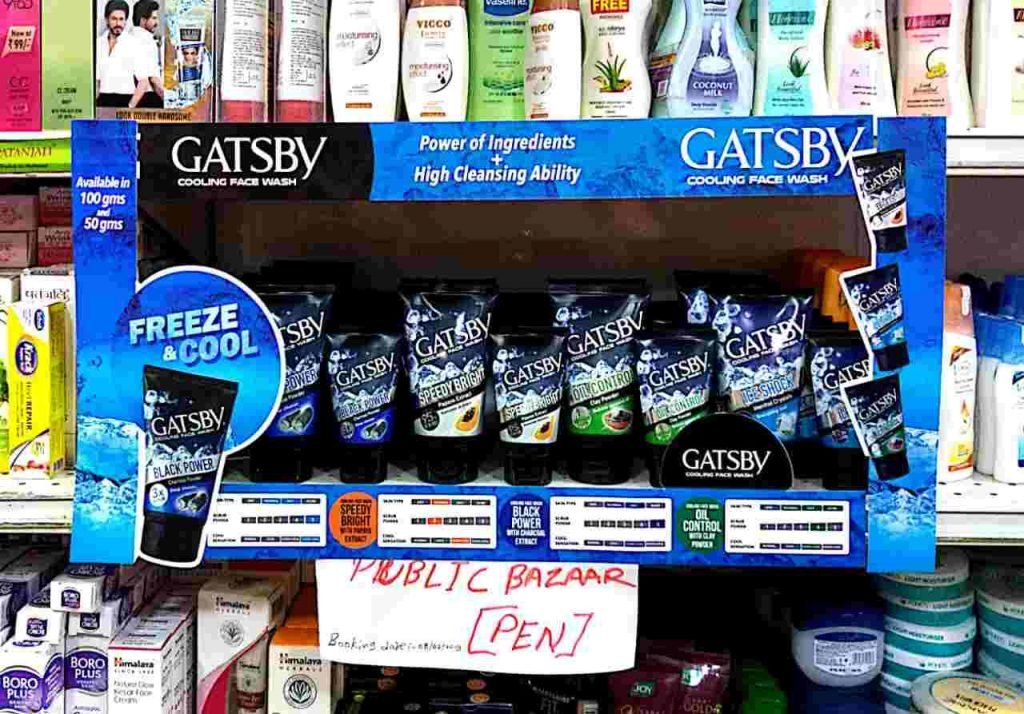
Defining the ideal product placement strategy is just the first step. It also needs to be effectively communicated to every participant in the secondary sales channel in a way that empowers them to in-turn do the same for subsequent stakeholders under them.
Understanding and Serving Customers
No matter the type of market or industry, the best sales-driven organizations give their field sales representatives more time with customers.
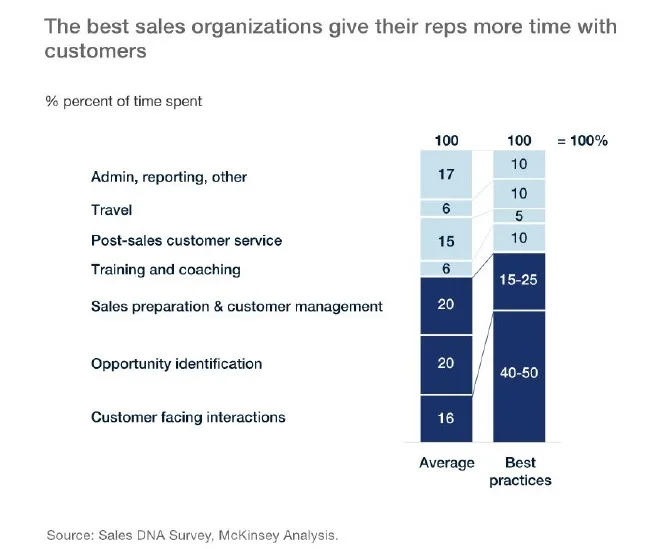
For the FMCG and CPG industries, this essentially means how their secondary sales network is able to handle their respective accounts. This stars with analyzing and picking out the best distributors with the highest account turnovers. The customer support resources can then be subsequently leveraged to maximize the results. Types of accounts that organizations should be able to segregate include:
- Key Accounts: Top performers with maximum sales metrics.
- Active Accounts: Other accounts with significant sales metrics.
- Low Sales Accounts: Accounts with below-par sales and metrics.
Once the area sales managers have the right understanding of their accounts, customer service efforts can be accordingly segregated to efficiently allocate the available support resources.
Optimal Marketing & Merchandising
Organizations constantly need to promote awareness and interest in their goods and services. This can be kickstarted by enabling sales reps to help distributors and retailers ramp up their sales efforts through compelling and eye-catching campaigns that hook the attention of customers. The result is an instantaneous increase in the number of incoming queries.
An ideal way to do this is to A/B test campaign ideas in collaboration with distributors before going all in. Apart from this, various merchandising strategies can be leveraged on the basis of the category roles.
Sales reps should effectively communicate to both Distributors and Retailers about the point of purchase merchandising strategies that the company would like to leverage so that they are able to follow the company norms.
Trade Promotions
Trade Promotion is the biggest weapon in the arsenal of any manufacturing company. And the right trade promotion strategy can even boost sales overnight. The objectives of trade promotions include:
- Achieving widespread product distribution
- Moving excess stock forward through incentives
- Increasing display levels in a way that boost sales
- Increasing the stock holding in the market as compared to the company warehouse
- Pushing more products than the competitors
- Supporting other forms of promotions
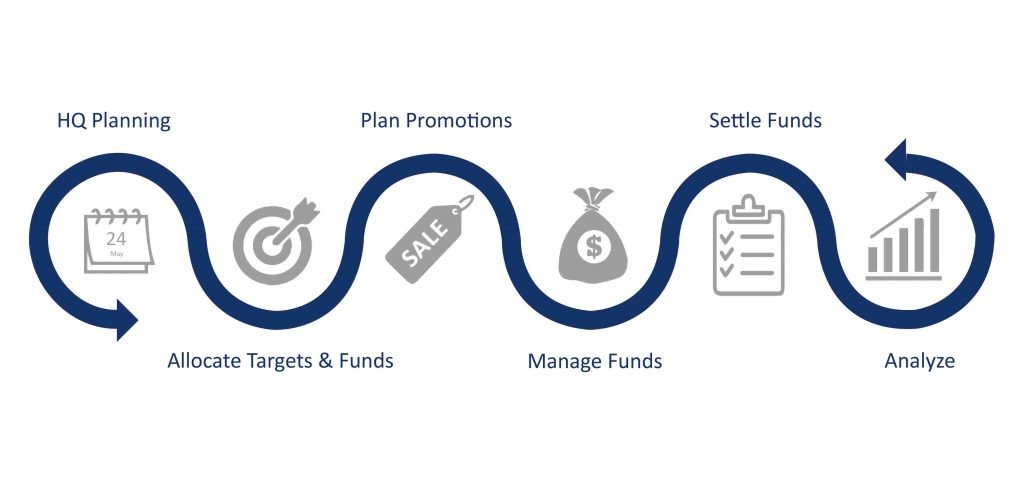
Some leading trade promotion strategies that can be leveraged to boost secondary sales include:
- Unique Offers: Extending special offers and discounts to both new and regular buyers throughout the supply chain.
- Incentive Program: Developing product launch strategies based incentive programs that benefit both distributors and retailers.
- Purchase Allowance: Reduction in the total amount of products bought in exchange for higher sales quantities.
- Buyback Allowance: Agreeing to reimburse or compensate for products that could be pushed through the market.
Defining & Tracking KRAs
KRAs stands for Key Responsibility Areas and are crucial ingredients in any effective trade promotion strategy. They are broad categories or topics on which the distributors have to concentrate on during the year. In essence, they jot down the key areas where distributors are expected to perform.
KRAs need to be SMART in nature. This translates to being specific, measurable, attainable, relevant, and time-bound. KRAs impart a sense of responsibility in distributors and make them own up to the expectations of the company. Some leading KRAs that can be leveraged include:
- Reduction in the loss of man-days involved to manage
- Secondary sales targets that need to be achieved
- Maximizing the productivity per visit
- Complaints & issue resolutions
- Weekly distribution of targets as compared to the actual achievement
- Focusing on lagging salesman in monthly review meetings and extending relevant help to enable them to reach targets.
- Brand Merchandising techniques and effectiveness
- Schemes and Discounts Efficacy and how they are impacting the buying pattern
Extending KPI-based Incentives
KPIs or Key Performance Indicators are quick and easy ways to understand the effectiveness of any sales initiatives. They are measurable attributes that demonstrate how effectively a company is achieving key business objectives. While high-level KPIs focus on the overall business performance, low-level KPIs deal with specific processes such as secondary sales.
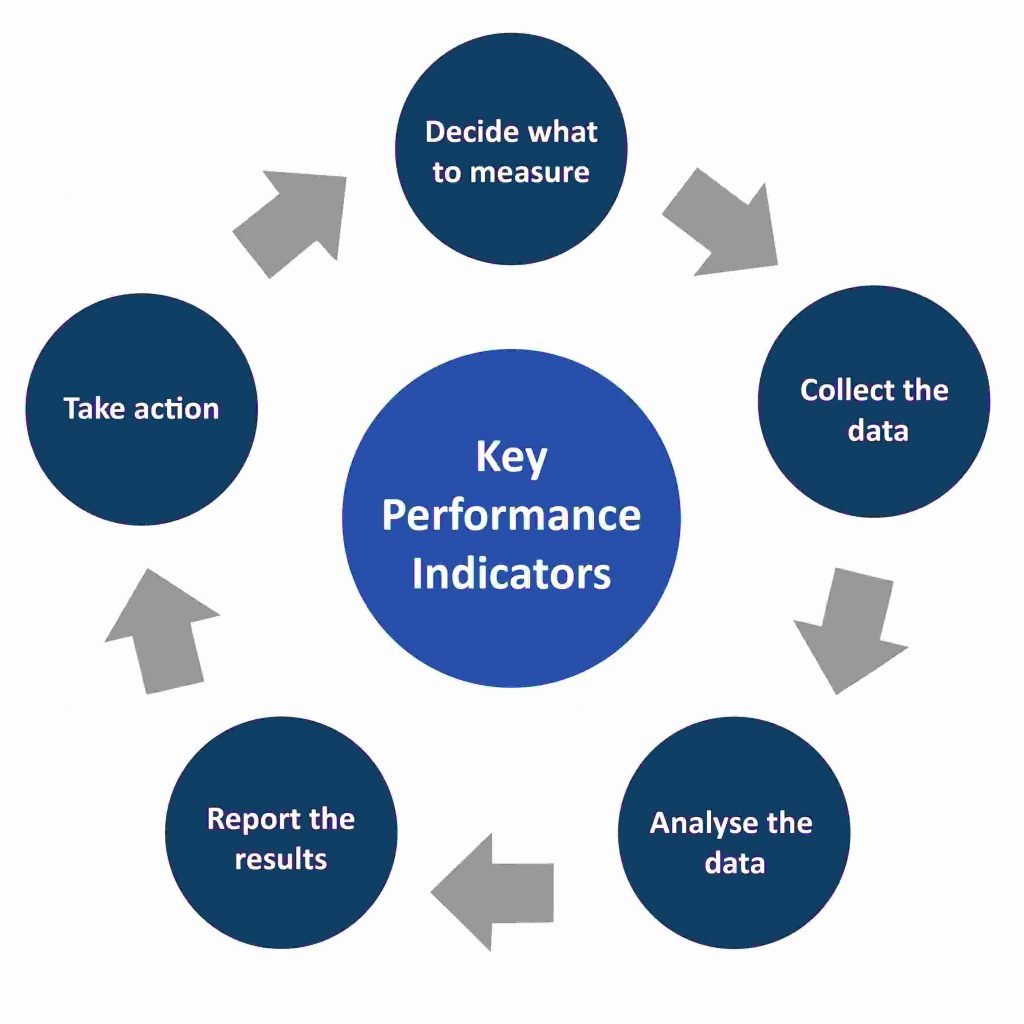
Top KPIs that can help organizations track secondary sales include:
- Total Calls
- Effective Calls
- Visited Calls
- Unique Visited Calls
- Productive Calls
- Unique Productive Calls
- Zero Sale Outlets
- Not Visited Outlets
- Target Vs Achievement
- Time in Market
- Fill rate
People Management and Work Culture
The people management skills of managers along with the work culture of the company plays an essential role in influencing employee behavior. They make the employees feel highly motivated and at their best.
As a result, a positive work environment is fostered where employees are self-motivated to perform at their very best. This positivity ultimately finds its way to secondary sales channel participants, such as dealers and distributors. Hence, they are in-turn motivated to be a part of such an ecosystem.
Some tips to promote better work culture include:
- Encouraging employees to work in teams instead of running solo
- Not being too strict with day-to-day micro-management and instead focusing on deadlines and milestones.
- Empowering employees to take decisions on their own.
- Having the same rules and regulations for every employee.
Leveraging the Right Tools
Sales Reps and Managers can also benefit from relevant robust training and certification tools that regularly help them to upskill, learn more about the products and offerings of the company, and efficiently pass the information down the chain of command (distributors and retailers). There is no denying the fact that the amount of information that any sales agent is packed with is directly associated with the probability of his/her success.
One of the most prominent tools to include is a Sales Performance Management (SPM) tool that allows sales reps to oversee sales performance and the training progress of employees through daily sales reports. Hence, SPM includes provisions for goal setting and planning, feedback, skill development, and performance review. Hence, managers can compare metrics, draw conclusions, implement the necessary changes, and even forecast future sales outcomes based on past trends.
Conclusion
Secondary Sales is one of the trickiest beasts to handle and involves the management of numerous disparate variables. This is the main side-effect of placing a primary organizational goal in the hands of external agents. But this does not necessarily make it a con. With the above-mentioned practices, Secondary Sales can be potentially turned into a power-house of revenues.




